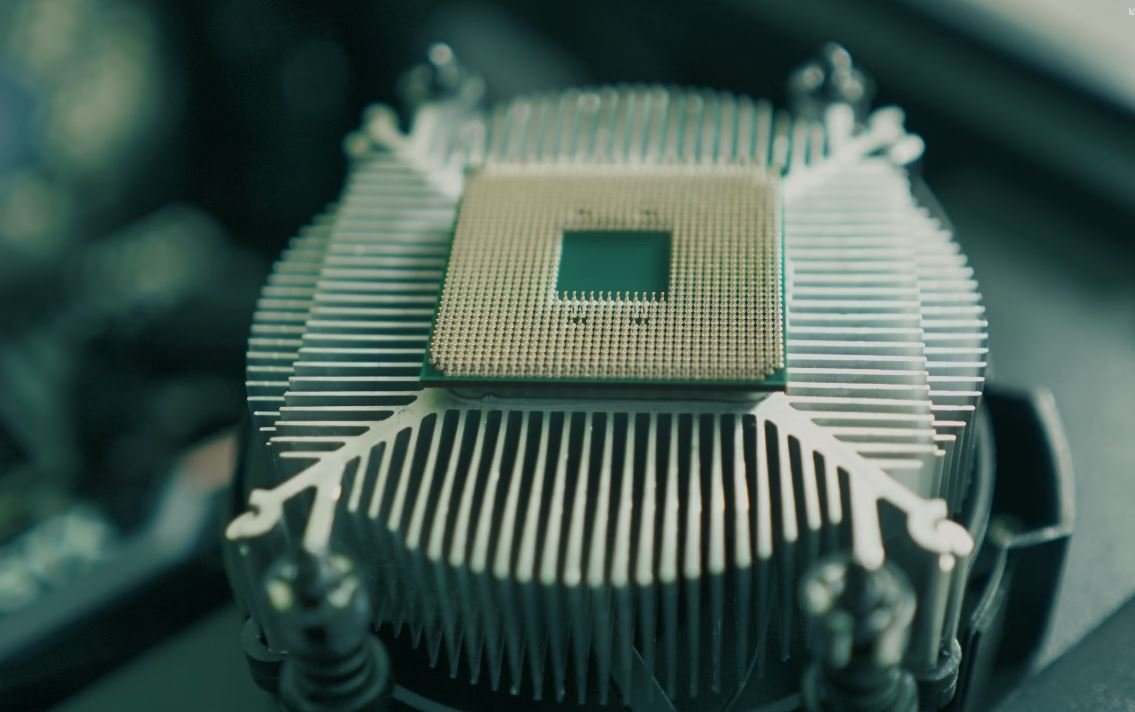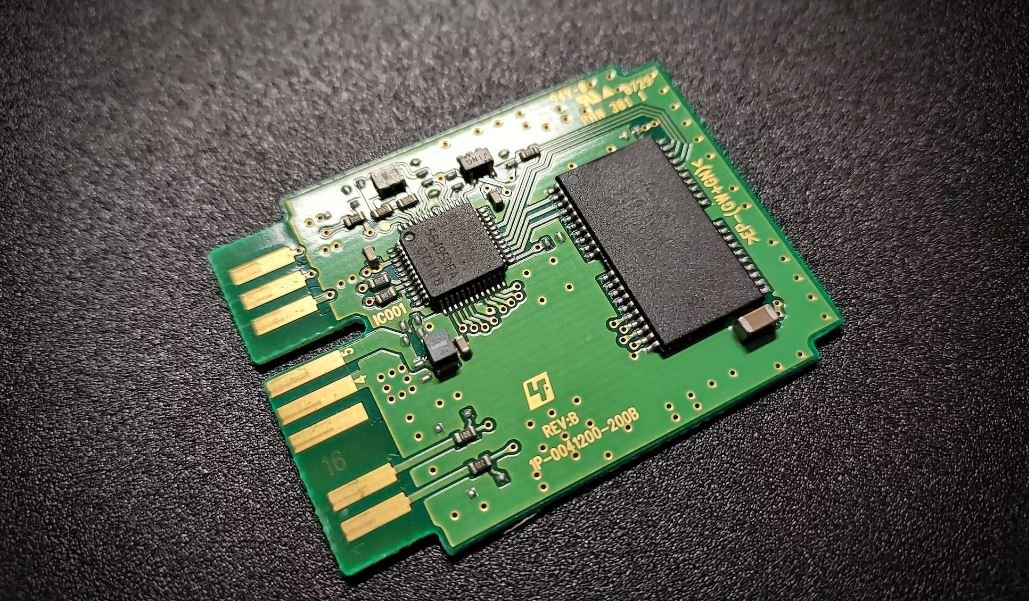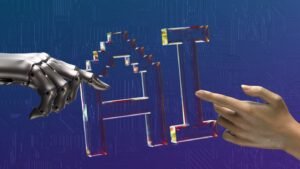Deepfake: A Comprehensive Guide
Deepfake is an emerging technology that allows the creation of manipulated multimedia content using artificial intelligence (AI). With realistic audio and video manipulation capabilities, deepfakes have become a concerning issue as they can be used to spread misinformation, deceive the public, and potentially harm individuals. In this article, we delve into the world of deepfakes, exploring their implications, potential uses, and ways to detect them.
Key Takeaways:
- Deepfakes use AI to create convincing yet fabricated audio and video content.
- They have the potential to spread false information and deceive the public.
- Detecting deepfakes requires advanced technology and expertise.
- Regulations and public awareness campaigns are crucial in addressing the risks associated with deepfakes.
Understanding Deepfakes
Deepfakes are produced using machine learning algorithms, commonly known as neural networks, which are trained on large datasets of real images and videos. These algorithms learn the patterns and features of the original data, enabling them to generate new, plausible content based on that information. *Deepfakes have gained attention for their ability to create incredibly realistic and convincing content, making it increasingly challenging to differentiate between real and fake*.
The Implications of Deepfakes
Deepfakes carry significant implications for various sectors and society as a whole. Here are some potential implications:
- Political Manipulation: Deepfakes can be used to create videos portraying politicians saying or doing things they never did, which can significantly impact elections and public perception.
- Reputation Damage: Individuals can become victims of deepfake videos that tarnish their reputation or incite harassment.
- Spread of False Information: Deepfakes can be utilized to spread misinformation, making it harder for people to distinguish truth from falsehoods.
Detecting Deepfakes
Given the sophisticated nature of deepfakes, detecting them requires specialized techniques and tools. Here are some methods used to identify deepfakes:
- Forensic Analysis: By examining the metadata, artifacts, and inconsistencies in the media, experts can identify telltale signs of manipulation.
- Facial and Body Movements: Analyzing subtle irregularities in facial and body movements can help identify deepfake videos.
- Deepfake Detection Tools: Researchers have developed AI-based detection systems that compare visual and audio cues to identify manipulated content.
The Future of Deepfakes
As the technology behind deepfakes continues to advance, it poses both opportunities and challenges for society. Here are a few possibilities:
- Entertainment and Media: Deepfakes can be used to create realistic visual effects in movies and video games, enhancing the entertainment industry.
- Identity Theft: Deepfakes may be exploited for identity theft, with criminals using manipulated content to impersonate others online.
Data on Deepfake Usage
| Year | Number of Deepfake Cases Reported |
|---|---|
| 2017 | 2 |
| 2018 | 54 |
| 2019 | 191 |
Preventing and Addressing Deepfake Threats
Combating deepfake technology requires a multi-pronged approach involving technological advancements, regulations, and public awareness. Some measures include:
- Developing Advanced Detection Tools: Investing in research and development to create efficient and accurate deepfake detection technologies.
- Regulations and Policies: Governments can introduce laws and regulations to address the misuse of deepfake technology and its potential dangers.
- Education and Awareness: Raising public awareness about deepfakes and their potential risks can help individuals better differentiate between real and manipulated content.
Conclusion
Deepfake technology has ushered in a new era of media manipulation, holding both promising opportunities and significant challenges. As deepfakes become more sophisticated, the need for detection techniques, regulations, and public awareness campaigns becomes crucial. By staying informed and adopting preventive measures, we can mitigate the risks associated with deepfakes and safeguard the authenticity of multimedia content.

Common Misconceptions
Deepfake Technology is Only Used for Harmful Purposes
One common misconception surrounding deepfake technology is that it is exclusively used for malicious intents. While it is true that deepfakes have been used in some instances to spread misinformation or perpetrate scams, it is important to recognize that deepfake technology has potential applications beyond harmful purposes.
- Deepfake technology can be utilized for creative purposes such as generating visual effects for movies or video games.
- In the field of education, deepfake technology can simulate real-life scenarios to enhance learning experiences.
- Deepfakes can also be used in training simulations for various professions, including law enforcement and medical personnel.
Deepfakes Are Always Easily Detectable
Another misconception is that deepfakes are always easily identifiable and distinguishable from real content. While some deepfakes may exhibit inconsistencies or imperfections, advances in deepfake technology have made it increasingly difficult to detect them using traditional methods alone.
- Deepfakes can be created using sophisticated algorithms and machine learning techniques, making them visually convincing.
- Some deepfake videos may include manipulated audio, further enhancing their credibility.
- With the rapid advancements in deepfake technology, it is becoming more challenging to rely solely on visual cues to identify deepfakes.
All Deepfakes Are Harmful and Unethical
While deepfakes can indeed be used for harmful and unethical purposes, it is incorrect to assume that all deepfakes fall under this category. Deepfake technology is a tool that can be used responsibly and ethically, depending on how it is utilized.
- Deepfakes can be used in entertainment industries, such as creating impersonations of famous figures for comedic or storytelling purposes.
- In forensic investigation, deepfake technology can be employed to enhance facial recognition and identify criminals or missing persons.
- Deepfakes can enable visual portrayals of historical figures or events, offering educational and informative content.
Deepfakes Are Only Visual Manipulations
Some people believe that deepfakes are limited to visual manipulations alone. However, deepfakes can incorporate audio, making them even more convincing and challenging to detect.
- Deepfake technology can synthesize realistic human voices, enabling the creation of manipulated audio accompanying the video.
- By combining believable visual and audio elements, deepfakes can deceive viewers into perceiving them as authentic.
- The integration of advanced speech and audio synthesis techniques allows deepfakes to mimic specific voices with remarkable accuracy.
Deepfake Technology Is Not Evolving
Contrary to popular belief, deepfake technology is continually evolving and improving. It is misguided to assume that deepfakes have reached their peak in terms of realism and effectiveness.
- Ongoing research and development efforts in the field of deepfake technology are constantly pushing the boundaries of what is possible.
- New algorithms and techniques are being developed to enhance the quality and believability of deepfake content.
- As technology advances, deepfakes may become even more challenging to detect, necessitating the development of robust countermeasures.

Deepfake: You Make
Deepfake technology has become increasingly sophisticated in recent years, raising concerns about the potential misuse of this AI-generated content. This article presents a series of tables that highlight various aspects of deepfake technology, including its applications, advancements, and potential risks.
Applications of Deepfake Technology
The table below showcases a few prominent applications of deepfake technology in different fields.
| Field | Application |
|---|---|
| Entertainment | Creating realistic digital doubles of actors |
| Politics | Manipulating video footage to spread disinformation |
| Education | Building interactive historical figures for immersive learning |
Advancements in Deepfake Technology
The following table highlights notable advancements in deepfake technology over the past few years.
| Year | Advancement |
|---|---|
| 2016 | First publicly available deepfake software |
| 2018 | Introduction of deepfake videos with audio |
| 2020 | Improved facial expression transfer techniques |
Risks of Deepfake Technology
The table below outlines some of the potential risks associated with the use and abuse of deepfake technology.
| Risk | Description |
|---|---|
| Fraud | Impersonating individuals for financial scams |
| Reputation damage | Creating fake videos to defame public figures |
| Political instability | Spreading fabricated audio/video content to manipulate public opinion |
Current Regulation Efforts
This table showcases some ongoing efforts to regulate the use and spread of deepfake content across various jurisdictions.
| Jurisdiction | Legislation |
|---|---|
| United States | California Assembly Bill 602 |
| European Union | Digital Services Act (DSA) |
| Australia | Online Safety Bill 2021 |
Public Awareness and Education Initiatives
The following table highlights some initiatives aimed at raising public awareness and educating individuals about deepfake technology.
| Initiative | Description |
|---|---|
| Campaign #NoFakeFaces | Online campaign promoting critical thinking and media literacy |
| DeepfakeDetectionChallenge | Competition inviting researchers to develop deepfake detection tools |
| Deepfake Courses | Online courses teaching individuals about deepfake technology and detection |
Challenges in Detecting Deepfakes
The table below highlights some challenges faced by technology in detecting deepfake videos.
| Challenge | Description |
|---|---|
| Generative Adversarial Networks (GANs) | Deepfake videos are created using GANs that make detection difficult |
| Data scarcity | Insufficient labeled datasets for training effective deepfake detection models |
| Rapid advancements | New techniques and tools to generate deepfakes often outpace detection methods |
Future Implications
This table examines various implications and concerns regarding the future impact of deepfake technology.
| Implication | Description |
|---|---|
| Trust erosion | Deepfakes may undermine trust in visual and audio evidence |
| Cybersecurity threats | Deepfake technology can be employed for malicious purposes such as cyberattacks |
| Ethical considerations | Deepfakes raise ethical questions surrounding consent, privacy, and identity theft |
Ethical Guidelines on Deepfake Use
The table below lists some of the proposed ethical guidelines to govern the use of deepfake technology.
| Guideline | Description |
|---|---|
| Informed consent | Requiring explicit consent for using an individual’s likeness in deepfake content |
| Transparency | Labeling and clearly indicating the presence of deepfakes in media |
| Responsible creation | Creating and sharing deepfakes responsibly, avoiding harm to individuals or society |
Conclusion
Deepfake technology has rapidly evolved and offers various applications but also poses significant risks. While advancements continue, regulations, awareness initiatives, and new detection methods are being developed to address these risks. It is vital for individuals and society to remain vigilant and informed as we navigate the complex world of deepfakes.
Frequently Asked Questions
What is deepfake?
Deepfake refers to the use of artificial intelligence (AI) technology, specifically deep learning algorithms, to manipulate or create convincing fake videos, images, or audio.
How does deepfake technology work?
Deepfake technology uses deep learning algorithms to analyze and synthesize facial or vocal features from a source image or video onto a target image or video. These algorithms learn to mimic the target’s appearance and movements by training on vast amounts of data.
What are the potential uses of deepfake technology?
Deepfake technology has both positive and negative applications. It can be used for entertainment purposes, such as creating realistic special effects in movies, or for more nefarious activities, such as spreading misinformation, identity theft, or revenge porn.
How can deepfake videos be identified?
Identifying deepfake videos can be challenging as the manipulation techniques become more sophisticated. Some signs to look for include unnatural facial movements, inconsistencies in lighting and shadows, or artifacts around the edges of the manipulated elements. However, advanced deepfake techniques may be difficult to distinguish with the naked eye.
How can we protect ourselves from falling victim to deepfake content?
To protect yourself from deepfake content, it is important to be vigilant and critical of the media you consume. Cross-referencing information from multiple trustworthy sources, verifying the authenticity of the content, and being aware of the potential existence of deepfakes are all essential steps in staying safe.
Are deepfakes illegal?
While the creation of deepfakes itself is generally not illegal, the use of deepfakes for malicious purposes, such as harassment, defamation, or fraud, can be illegal in many jurisdictions. Laws regarding deepfakes are still evolving, and different countries have varying regulations in place.
What are the ethical concerns surrounding deepfake technology?
Deepfake technology raises several ethical concerns. It can be used to undermine trust, invade privacy, perpetuate harassment, or manipulate public perception. Additionally, deepfakes challenge the concept of “seeing is believing” and can have serious consequences for individuals and society as a whole.
Are there any positive uses for deepfakes?
Yes, there are positive uses for deepfake technology. It can be employed in the film industry to create realistic special effects or in the field of research to simulate scenarios and predict outcomes. However, it is crucial to maintain a balance between the positive and negative impacts to prevent misuse.
How can technology help in detecting deepfake content?
Advancements in technology are being made to aid in the detection of deepfake content. Researchers and tech companies are developing AI tools that can analyze subtle inconsistencies, identify digital artifacts, or detect anomalies in facial or vocal patterns to help identify deepfake videos.
What measures are being taken to combat the spread of deepfake content?
In response to the growing threat of deepfakes, various initiatives are being undertaken. Tech companies are investing in developing better detection algorithms, social media platforms are implementing policies to combat misinformation, and researchers are working on educating the public about the existence and potential dangers of deepfakes.




